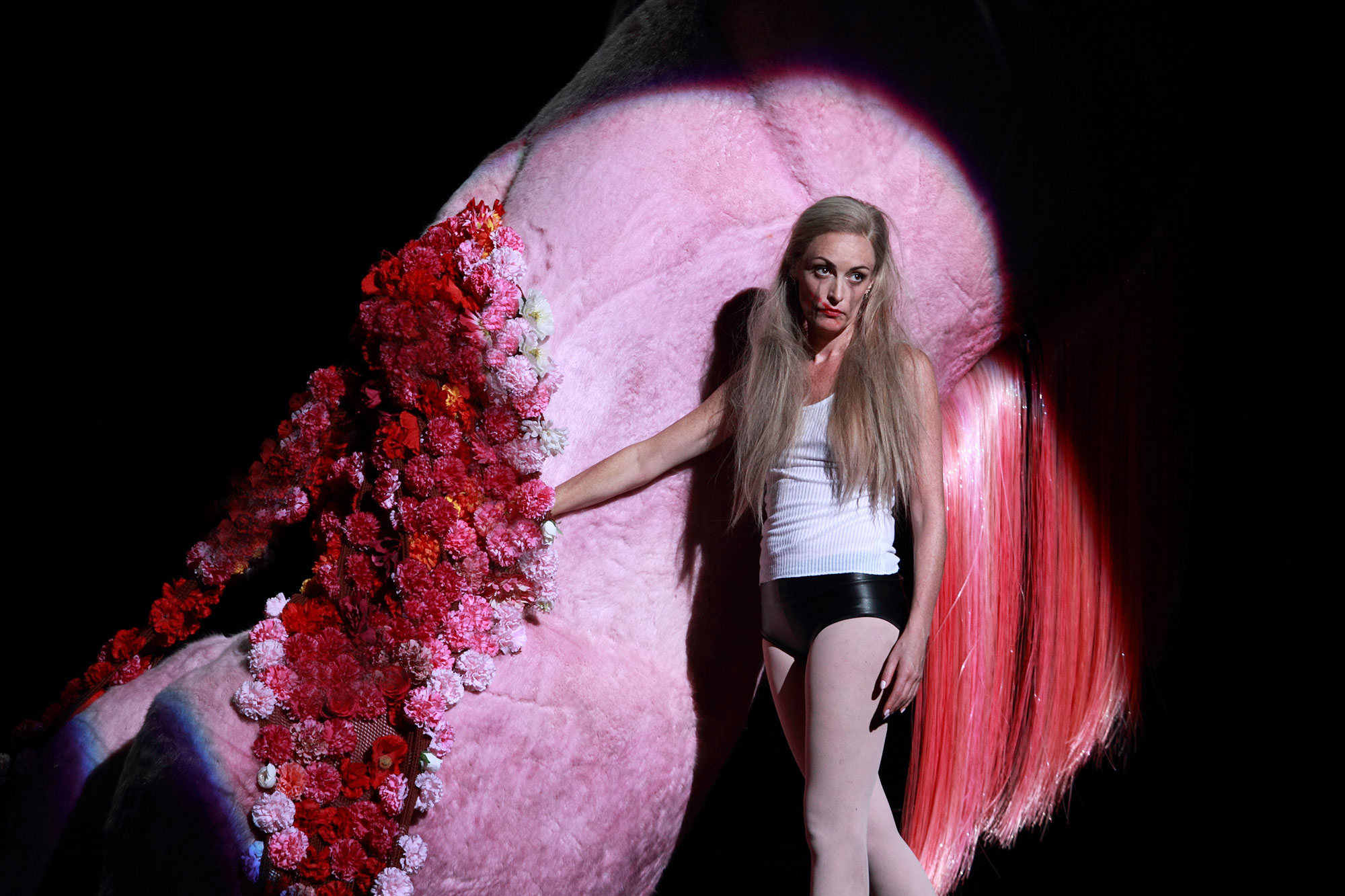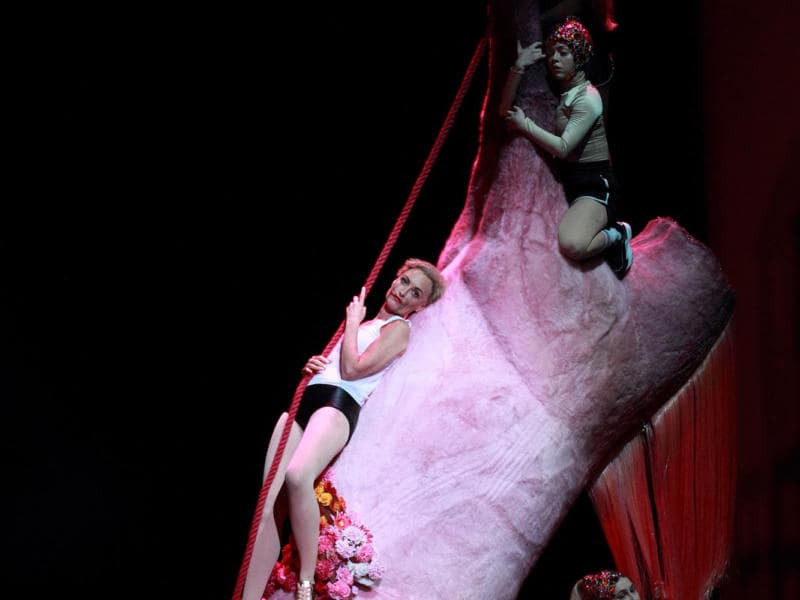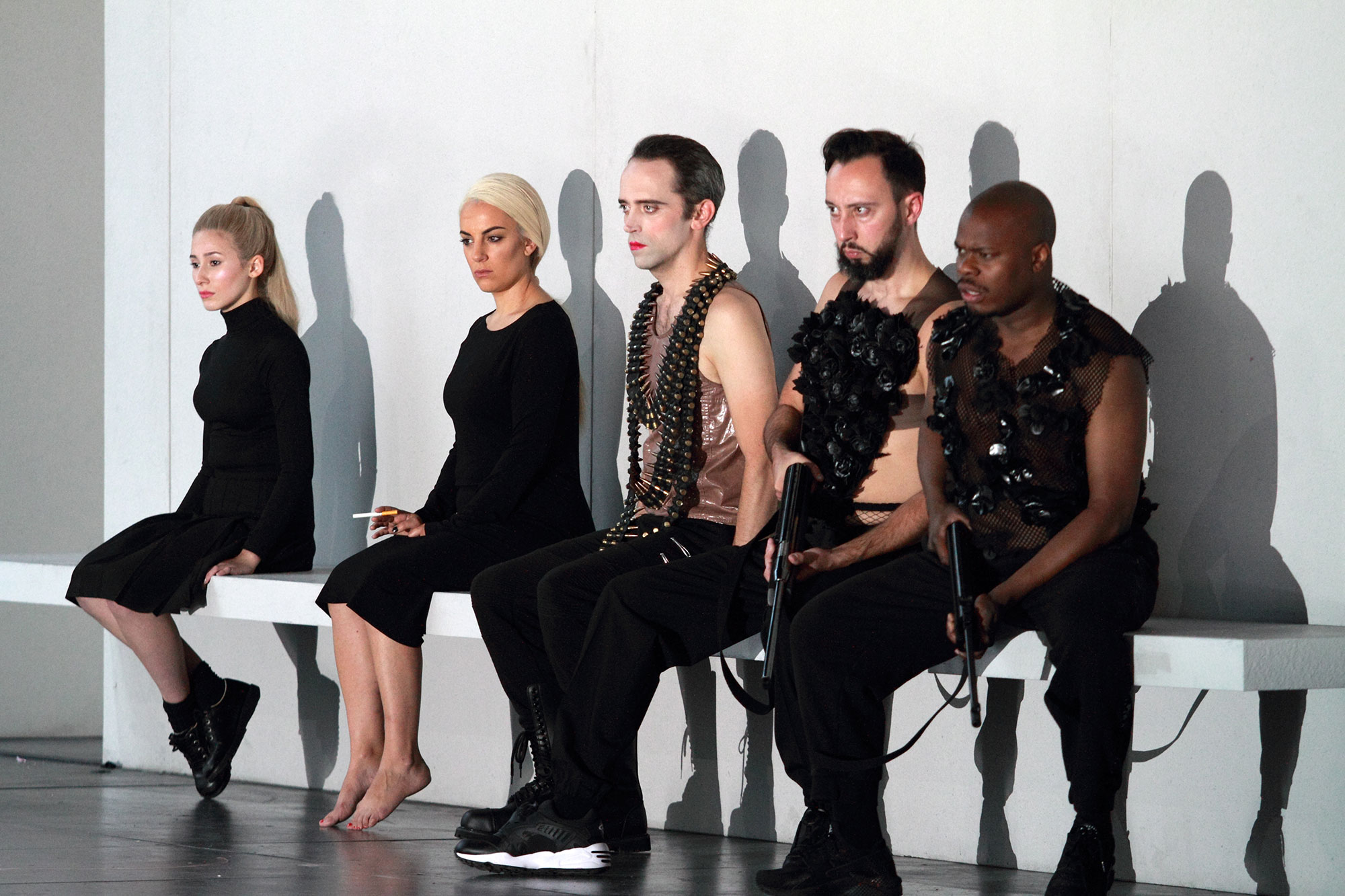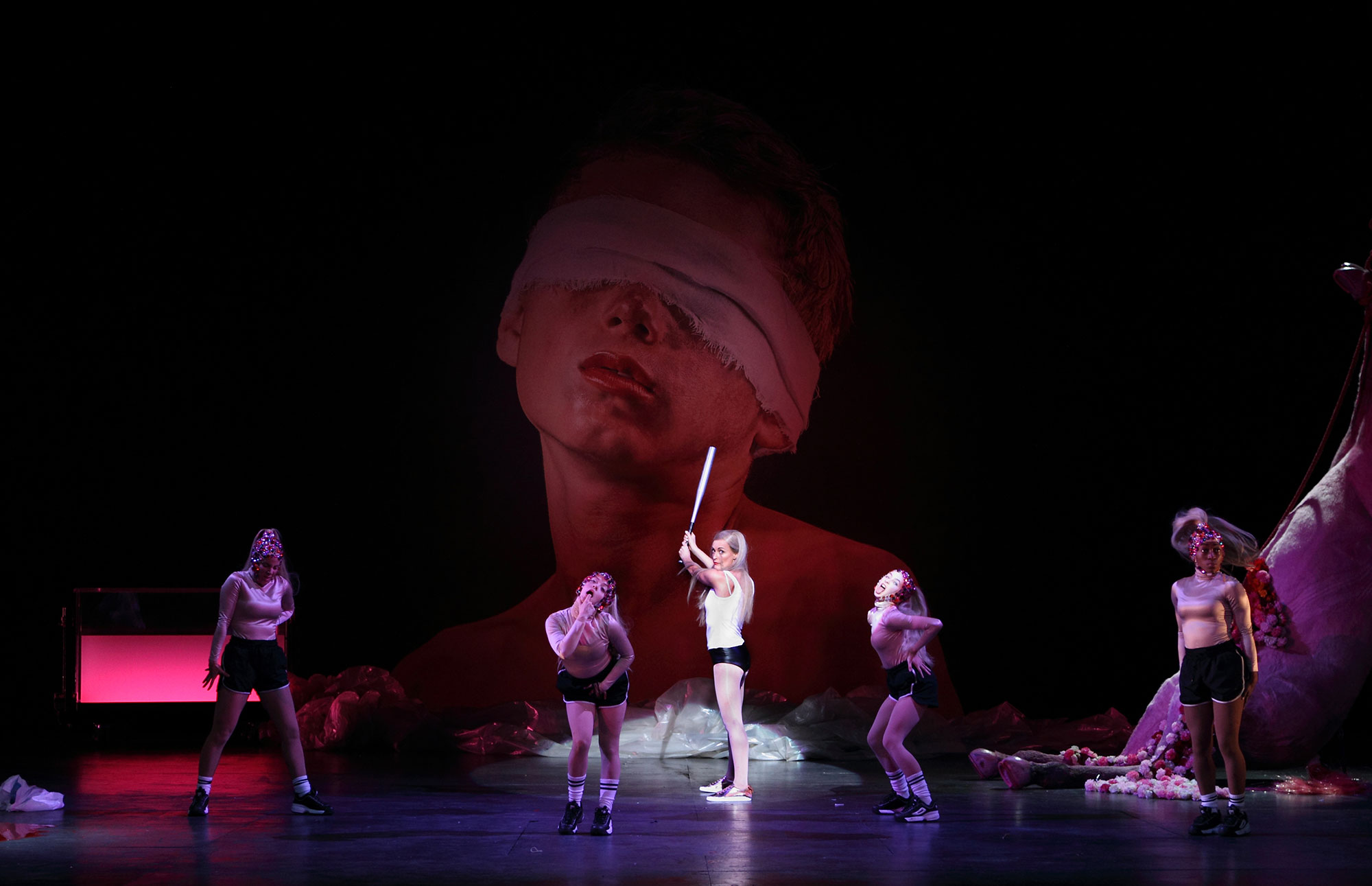The life of Richard Strauss: A summary
Discover more about Richard Strauss’s life and career in this guide, including his early influences and education, greatest achievements and more information on his best known works.
Early life and education
Born into a musical family in Munich, Strauss displayed precocious talent from a young age. His father, Franz Strauss, was a renowned horn player and composer, and he provided his son with a rigorous musical education. Strauss began composing at the age of six, and by his teens, he was already performing as a pianist and violinist.
Richard Strauss’s musical education was a blend of formal instruction, mentorship, and independent study. He studied with other prominent musicians, including the conductor and composer Eugen Huber. Strauss continued to expand his musical knowledge throughout his life, eagerly absorbing new techniques and exploring various philosophical and artistic ideas. His dedication to learning and self-improvement played a crucial role in shaping his remarkable creative journey and establishing him as a towering figure in Western music.
Career highlights
Richard Strauss’s compositions were largely influenced by the Romantic style of his predecessors, such as Robert Schumann and Franz Liszt. However, he soon developed his own distinctive voice, characterized by his rich orchestration, harmonic innovation, and programmatic approach to music.
In 1886, Strauss was appointed as the third Kapellmeister at the Munich Court Opera. This position not only provided him with valuable conducting experience but also exposed him to the world of opera, which would become a major focus of his creative output.
Strauss’s most famous tone poems, such as “Don Juan” (1888), “Death and Transfiguration” (1889), and “Till Eulenspiegel’s Merry Pranks” (1895), established him as a leading composer of the late Romantic era. These works were characterized by their vivid storytelling, innovative use of orchestral colors, and masterful handling of musical forms.
Richard Strauss’s operas were significant to the genre. His early operas, such as “Guntram” (1894) and “Feuersnot” (1901), were met with mixed reviews, but his later works, such as “Salome” (1905), “Elektra” (1909), and “Der Rosenkavalier” (1911), were critical and commercial successes. These operas showcased Strauss’s ability to combine dramatic intensity with lyrical beauty, and they continue to be among the most popular operas in the repertoire.
Strauss’s reputation as a composer and conductor remained high throughout his lifetime. He was awarded numerous honors and accolades, including National Prize in Arts and Sciences, Order of Merit of the Bavarian Crown, Gold Medal for Music and received honorary doctorates from Oxford, Cambridge and Vienna as recognition of his profound impact on the world of music.
Later life
Richard Strauss’s later life was marked by a combination of continued artistic success and a growing political naivety that would ultimately tarnish his reputation. He continued to compose prolifically throughout his life, producing a wide range of works, including operas, ballets, symphonic works, and songs. He also maintained a successful conducting career, holding positions at the Berlin State Opera, the Vienna State Opera, and the Bayreuth Festival.
While in old age he was considered an irrelevant survivor of a vanished age – a Romantic composer in an era of unparalleled scientific and social change when figures such as Stravinsky, Schoenberg and Messiaen were at the forefront of new music – today Strauss is accepted as one of the finest of all orchestral composers the best of whose operas must be considered among the most subtly characterised since Mozart’s.
Though he stood up to the Third Reich when necessary – his daughter-in-law was Jewish and he protected her and his grandchildren – he failed to condemn publicly the regime at the time, causing him difficulties in the years immediately after the war. Only in 1948, the year before his death, was he cleared of any Nazi collaboration but the accusations affected his posthumous reputation for several decades.
Strauss died in Garmisch-Partenkirchen, Germany, in 1949, leaving behind a rich and diverse body of work that continues to inspire and captivate music lovers today.
Strauss’s musical style & influence
His music is characterised by post-Wagnerian tonality, a sure dramatic instinct, complete understanding of the voice (especially the soprano voice) and an insider’s knowledge of writing for the large forces of the Romantic orchestra.
Richard Strauss’s musical style is characterized by its rich orchestration, melodic beauty, and expressive power. He was a master of the tone poem, a programmatic orchestral work that depicts stories or ideas. His tone poems are often characterized by their use of leitmotifs, recurring musical themes that represent specific characters or ideas.
His Four Last Songs (1948), premiered in the Royal Albert Hall in 1950, remain a touchstone of the magnificence of his technique and personal style.
Strauss’s musical style evolved over time. His early works were influenced by the Romanticism of composers such as Richard Wagner and Franz Liszt. However, he soon developed his own distinctive voice, characterized by its use of chromaticism, dissonance, and extended tonality.
In his later years, Strauss’s style became more conservative. He wrote a number of works in a neoclassical style, and he also returned to the use of traditional tonality. However, his music always retained its characteristic richness, beauty, and power.
Richard Strauss’s most famous songs
Richard Strauss composed a large number of songs, or lieder, throughout his career. Characterized by their melodic beauty, expressive power, and sensitivity to the German language, Richard Strauss’s songs include:
- Zueignung (1885)
- Ständchen (1886)
- Morgen! (1894)
Richard Strauss left an enduring legacy as one of the most significant composers of the late Romantic and early modern eras, and his works continue to be performed and admired worldwide.
If you want to learn more about other composers or specific operas, head over to our Discover Opera page.
- Elektra, 1909, libretto by Hugo von Hofmannsthal after Sophocles
- Der Rosenkavalier, 1911, libretto by Hofmannsthal
FAQs
Richard Strauss was born in Munich, Germany, on June 11, 1864. He was the son of Franz Strauss, a renowned horn player and composer, and Josepha Pschorr, the daughter of a wealthy brewer. Strauss’s musical talent was evident from an early age, and he began composing at the age of six.
Richard Strauss died on May 8, 1949, at the age of 84, in Garmisch-Partenkirchen, Germany. The cause of death was pneumonia.
Richard Strauss was a German composer, pianist, and conductor who played a variety of instruments, including the piano, violin, and horn.
Richard Strauss is best known for his tone poems, which are programmatic orchestral works that depict stories or ideas. His most famous tone poems include:Tod und Verklärung (Death and Transfiguration) (1888–9), Till Eulenspiegels lustige Streiche (Till Eulenspiegel’s Merry Pranks) (1894–5), Also Sprach Zarathustra (Thus Spake Zarathustra) (1895–6) and Ein Heldenleben (A Hero’s Life) (1897–8).
Strauss is also known for his operas, which are considered to be some of the most important and innovative works of the late Romantic and early modern eras. His most famous operas include: “Salome” (1905), “Elektra” (1909), and “Der Rosenkavalier” (1911).
Richard Strauss lived in various places throughout his life, but he is most closely associated with the cities of Munich and Garmisch-Partenkirchen in Bavaria, Germany. Strauss was born in Munich in 1864 and spent most of his early years in the city.
In 1908, Strauss moved to Garmisch-Partenkirchen, a small town in the Bavarian Alps. He built a villa in Garmisch-Partenkirchen, where he lived for the rest of his life. He continued to compose and conduct in Garmisch-Partenkirchen, and he also served as the president of the Richard Strauss Festival in Garmisch-Partenkirchen from 1927 to 1949.
Strauss died in Garmisch-Partenkirchen in 1949. He is buried in the town’s cemetery.




